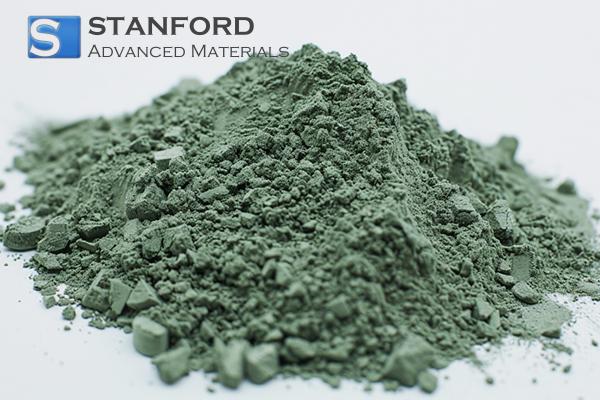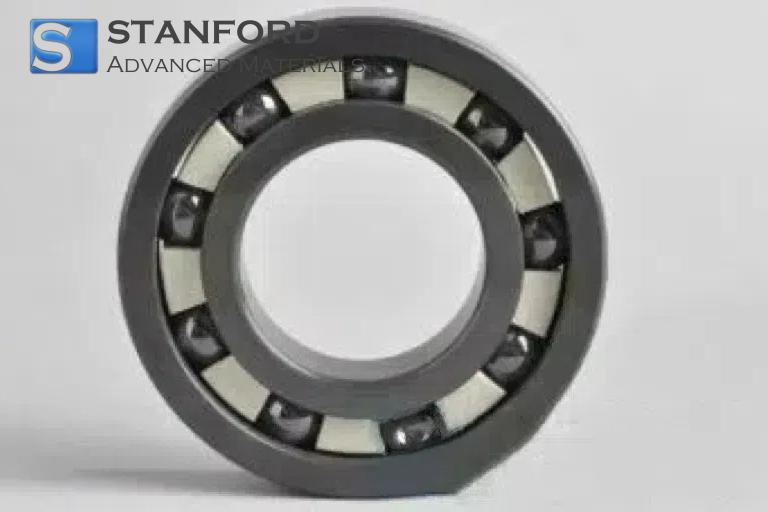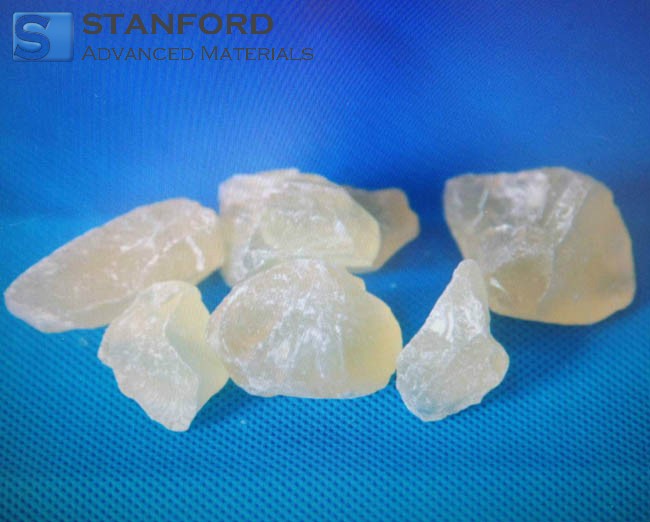Silicon Carbide Radiant Tube (SiC) Description
Silicon Carbide Radiant Tube (SiC) features high-temperature resistance, corrosion resistance, oxidation resistance, good thermal conductivity, and long operation life. It is widely used in tunnel kilns, shuttle kilns, roller kilns, and other fuel gas, and fuel oil industry furnaces. It is the ideal heat conduction device and heat sink under high temperatures, high corrosion, and high wear condition.
Silicon Carbide Radiant Tube (SiC) Specification
|
Max Working temperature
|
℃
|
1380
|
|
Density
|
g/cm³
|
≥3.02
|
|
Porosity
|
%
|
<0.1%
|
|
Bending Strength
|
Mpa
|
250 (20℃)
|
|
Mpa
|
280 (1200℃)
|
|
Modulus of elasticity
|
Gpa
|
330 (20℃)
|
|
Gpa
|
300 (1200℃)
|
|
Thermal conductivity
|
W/m.k
|
45 (1200℃)
|
|
Coefficient of thermal expansion
|
K-1×10-6
|
4.5
|
|
Rigidity
|
-
|
13
|
|
Acid alkaline-proof
|
-
|
Excellent
|
Silicon Carbide Radiant Tube (SiC) Application
1. Heat Treatment Furnaces: SiC radiant tubes are commonly used in heat treatment furnaces for processes such as carburizing, nitriding, and annealing. They provide efficient and uniform heating, which is essential for achieving consistent metallurgical properties in treated materials.
2. Metallurgical Industry: In the metallurgical industry, SiC radiant tubes are used in furnaces for melting, refining, and alloying metals. Their high-temperature stability and resistance to slag and other corrosive substances make them ideal for these harsh environments.
3. Glass Manufacturing: SiC radiant tubes are employed in glass production furnaces, where they help maintain the necessary high temperatures for melting and shaping glass. Their resistance to thermal shock and corrosion from glass melts enhances the efficiency and longevity of the furnaces.
4. Petrochemical Industry: Used in reformers and other high-temperature reactors, SiC radiant tubes facilitate endothermic reactions required in the production of hydrogen, ammonia, and other chemicals. Their durability and thermal efficiency improve process reliability and energy consumption.
5. Ceramic Kilns: SiC radiant tubes are used in ceramic kilns for firing pottery, tiles, and other ceramic products. They ensure even heat distribution, which is crucial for achieving high-quality ceramic products with minimal defects.
6. Powder Metallurgy: In powder metallurgy, SiC radiant tubes are used in sintering furnaces to heat compacted metal powders to high temperatures, leading to solid-state diffusion and the formation of strong, dense metal parts.
7. Solar Power Generation: SiC radiant tubes are employed in solar power plants, particularly in solar thermal applications where they serve as heat exchangers. Their high thermal conductivity and ability to withstand extreme temperatures make them suitable for converting concentrated solar energy into heat.
8. Food Processing: In the food processing industry, SiC radiant tubes are used in ovens and dryers that require precise temperature control and efficient heat transfer. Their resistance to thermal shock and corrosion ensures consistent performance and longevity.
9. Aerospace and Defense: SiC radiant tubes are used in aerospace and defense applications for high-temperature testing and simulation environments. Their ability to withstand extreme conditions helps in the development and testing of advanced materials and components.
Silicon Carbide Radiant Tube (SiC) Packaging
Our Silicon Carbide Radiant Tube (SiC) is carefully handled during storage and transportation to preserve the quality of our product in its original condition.
Silicon Carbide Radiant Tube (SiC) FAQs
Q1: How are silicon carbide radiant tubes produced?
A: Silicon carbide radiant tubes are produced through processes such as reaction bonding, recrystallization, and sintering. These methods involve forming SiC powder into the desired shape and then heating it to a high temperature to create a dense, solid structure.
Q2: What factors should be considered when selecting silicon carbide radiant tubes?
A: Factors to consider include the operating temperature, the type of furnace or kiln, the nature of the materials being processed, the environmental conditions (such as the presence of corrosive gases), and the required longevity and maintenance frequency.
Q3: How is the quality of silicon carbide radiant tubes verified?
A: Quality is verified using techniques such as scanning electron microscopy (SEM) for microstructure analysis, mechanical testing for strength, thermal conductivity measurements, and oxidation resistance testing. Dimensional accuracy and surface finish are also inspected.










